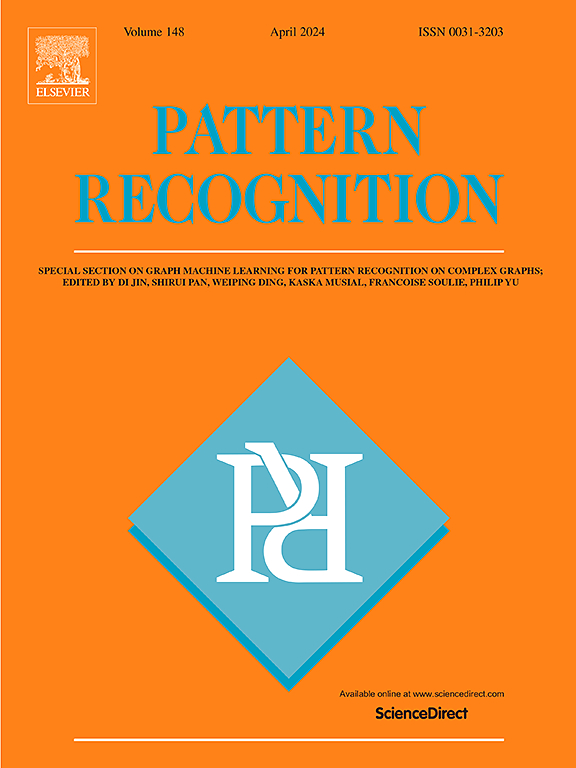SpIRL: Spatially-aware image representation learning under the supervision of relative position descriptors
IF 7.5
1区 计算机科学
Q1 COMPUTER SCIENCE, ARTIFICIAL INTELLIGENCE
引用次数: 0
Abstract
Extracting good visual representations from image contents is essential for solving many computer vision problems (e.g. image retrieval, object detection, classification). In this context, state-of-the-art approaches are mainly based on learning a representation using a neural network optimized for a given task. The encoders optimized in this way can then be deployed as backbones for various downstream tasks. When the latter involves reasoning about spatial information from the image content (e.g. retrieve similar structured scenes or compare spatial configurations), this may be suboptimal since models like convolutional neural networks struggle to reason about the relative position of objects in images. Previous studies on building hand-crafted spatial representations, thanks to Relative Position Descriptors (RPD), showed they were powerful to discriminate spatial relations between crisp objects, but such spatial descriptors have rarely been integrated into deep neural networks. We propose in this article different strategies embedded in a common framework called SpIRL (SPatially-aware Image Representation Learning) to guide the optimization of encoders to make them learn more spatial information, under the supervision of an RPD and with the help of a novel dataset (44k images) that does not induce learning semantic information. By using these strategies, we aim to help encoders build more spatially-aware representations. Our experimental results showcase that encoders trained under the SpIRL framework can capture accurate information about the spatial configurations of objects in images on two selected downstream tasks and public datasets.
相对位置描述符监督下的空间感知图像表示学习
从图像内容中提取良好的视觉表示对于解决许多计算机视觉问题(例如图像检索,目标检测,分类)至关重要。在这种情况下,最先进的方法主要是基于使用针对给定任务优化的神经网络来学习表征。以这种方式优化的编码器可以作为各种下游任务的骨干部署。当后者涉及从图像内容中推理空间信息时(例如检索相似的结构化场景或比较空间配置),这可能是次优的,因为像卷积神经网络这样的模型很难推断图像中物体的相对位置。由于相对位置描述符(Relative Position descriptor, RPD)在构建手工空间表征方面的研究表明,它们在区分清晰物体之间的空间关系方面非常强大,但这种空间描述符很少被集成到深度神经网络中。在本文中,我们提出了不同的策略嵌入到一个称为SpIRL(空间感知图像表示学习)的通用框架中,以指导编码器的优化,使它们在RPD的监督下,在不诱导学习语义信息的新数据集(44k图像)的帮助下学习更多的空间信息。通过使用这些策略,我们的目标是帮助编码器构建更多的空间感知表示。实验结果表明,在SpIRL框架下训练的编码器可以在两个选定的下游任务和公共数据集上捕获图像中物体空间配置的准确信息。
本文章由计算机程序翻译,如有差异,请以英文原文为准。
求助全文
约1分钟内获得全文
求助全文
来源期刊

Pattern Recognition
工程技术-工程:电子与电气
CiteScore
14.40
自引率
16.20%
发文量
683
审稿时长
5.6 months
期刊介绍:
The field of Pattern Recognition is both mature and rapidly evolving, playing a crucial role in various related fields such as computer vision, image processing, text analysis, and neural networks. It closely intersects with machine learning and is being applied in emerging areas like biometrics, bioinformatics, multimedia data analysis, and data science. The journal Pattern Recognition, established half a century ago during the early days of computer science, has since grown significantly in scope and influence.
 求助内容:
求助内容: 应助结果提醒方式:
应助结果提醒方式:


